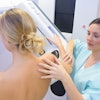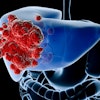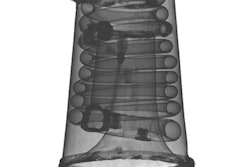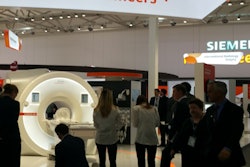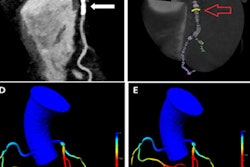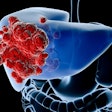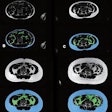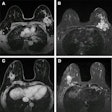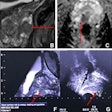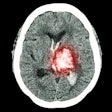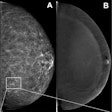The Fraunhofer Institute for Medical Image Computing (MEVIS) in Germany is teaming with Radboud University in Nijmegen, the Netherlands, on a project that will deploy deep-learning computer algorithms to improve the accuracy of computer-generated diagnoses.
Called Automation in Medical Imaging (AMI), the three-year, 2 million euro project will utilize algorithms to automatically trawl large volumes of image data and search for abnormalities, according to Fraunhofer MEVIS. Researchers will prove the capabilities of these algorithms by comparing them continuously to real medical data, which will initially come from Radboud University but will also soon be provided by clinics all over the world.
With the help of machine-readable annotations provided by doctors to mark important diagnostic details, software developers can then check the reliability and precision of their programs when analyzing medical image data, according to the organization. Next, the researchers can integrate these programs into clinical workflow and discover the extent to which this automation is helpful, Fraunhofer MEVIS said.
Specifically, the AMI project will focus on three areas: follow-up of cancer patients, ophthalmology, and digital pathology. In the first area, Fraunhofer MEVIS noted that both partners have already developed automated algorithms to detect possible lung cancers and compare images from previous years to search for suspicious changes in tissue. With the AMI project, Fraunhover MEVIS and Radboud Univeristy will aim to refine and adapt the software to measure and quantify tumors, as well as monitor treatment response in cancer patients for lung cancer and other tumor types.
While the researchers want the computer to be technically able to make diagnostic decisions by itself in all three of these application fields, doctors will always receive a report that will enable them to retrace the decision-making process in detail and make corrections if necessary, Fraunhofer MEVIS researcher Markus Harz said in a statement. The AMI team also said the software components developed in the project should be easy to incorporate into common medical technology software systems.
